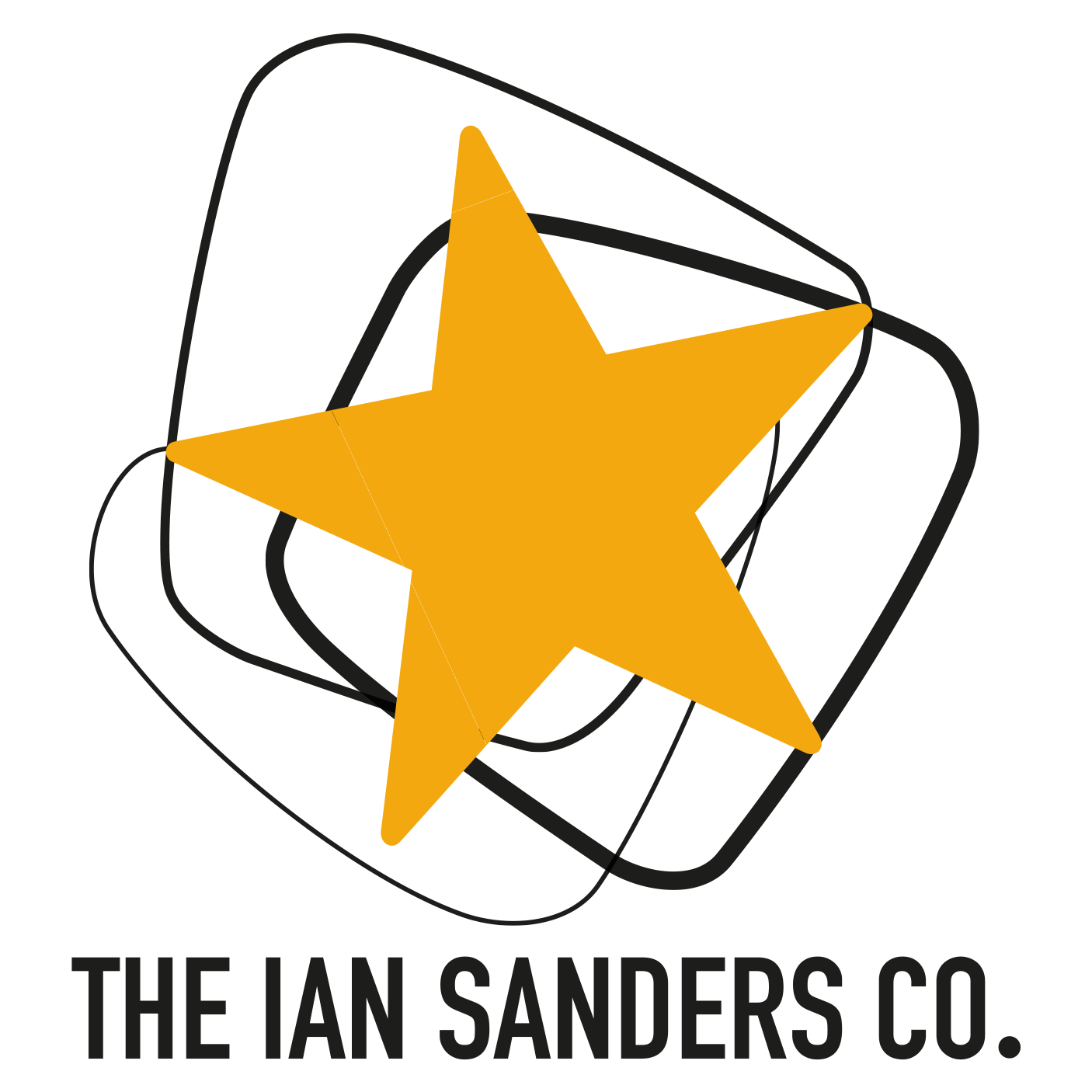Experiments at work: Co-working at The Bakery
From a week in the back room at a convention centre in the Swiss Alps to a few days in the stunning surroundings of Second Home in east London, to hundreds of coffee shops in towns and cities from Austin Texas to Belfast, I’ve worked in a lot of different spaces over the years. Hey, I even worked in an actual office once.
But for the last two decades, my attic at home has been my principal workplace.
And like lots of us, I’ve been spending more time WFH than ever before. So to mix things up, last month I decided to start an experiment. I’m spending half a day a week at The Bakery, a co-working space for creative types, founded by my photographer friend Paul.
I always thrive working from a variety of spaces. What I’m finding fascinating is how this small experiment is shaking up my working practices. Here are ten differences I have noticed about my ‘co-baking’ sessions that mark them out from my usual way of working:
Intentional focus. At the start of the week I identify the tasks or projects I’ll be focusing on during my half day at The Bakery. I don’t use my session to react to my in-box or to have online meetings. Instead I work on a list of specific items. I’m very intentional about what I want to achieve there.
The joy of the walk to work. I always start each day with a dog walk - that’s my WFH walk to work. But heading to The Bakery feels different: packing my bag with what I need, walking the ten minute route from my house, stopping for a take-out coffee along the way. I like this new ritual.
An energising space. Inside The Bakery light from a skylight floods onto white walls and grey desks. A bright yellow beam intersects the ceiling. Upbeat music plays. It's a good combination of ingredients.
A time constraint. Constraints can be really motivating: I try to set my sessions at The Bakery at three hours. This keeps me focused on getting things done. I also pick a time of the day - the mornings - when I’m at my best. It surprises me just how much I get done in three hours.
Interactions with fellow humans! I love those impromptu conversations and micro exchanges with co-bakers, whether sharing stories about working life with Paul or meeting someone’s dog.
Fewer distractions. Even though I’m a WFH veteran, I can still get distracted. At The Bakery I’m less likely to open up Twitter or even email. I don’t open Spotify to change the playlist or skip a track. Most of the time I put my phone away. It gives me the opportunity for deep work.
The fact that it’s not home. The Bakery is not home. It’s a creative space that people go to in order to work. I like that separation.
Inspiration in the unfamiliar. I find the surroundings fuel my creativity. Artwork on the walls, vintage signs and artefacts all contribute to the mood. It’s not yet a familiar space, so I’m finding inspiration in the new. In a nutshell, it’s different and that’s one reason why I like it.
Observing habits. I’m a geek for creative habits and working practices, so I enjoy observing what others need in order to do their best work. For example, each morning at 9am one of The Bakery residents puts his phone in a perspex case on a shelf a few paces from his desk. He only gets it out when he takes a break for lunch.
The sense of experiment. It’s important to me that I describe this as an experiment. It feels playful and it signals that it's a work-in-progress. Because it’s not a commitment, there’s no pressure. It’s simply an experience to embrace and learn from. After I’ve racked up ten sessions at the Bakery, I may continue the experiment or choose to stop it. Either option is fine.
One thing that’s clear is there’s no one-size-fits-all when it comes to an ideal day at work. We all need various stimuli and ingredients to fuel our creativity and productivity. And sometimes we don’t even know what we need until we try it: certainly The Bakery has shown me that.
‘Experiments at work’ is an occasional blog series from Ian Sanders. Read part 1: ‘Creative conservations with Anthony Burrill,’ here.



